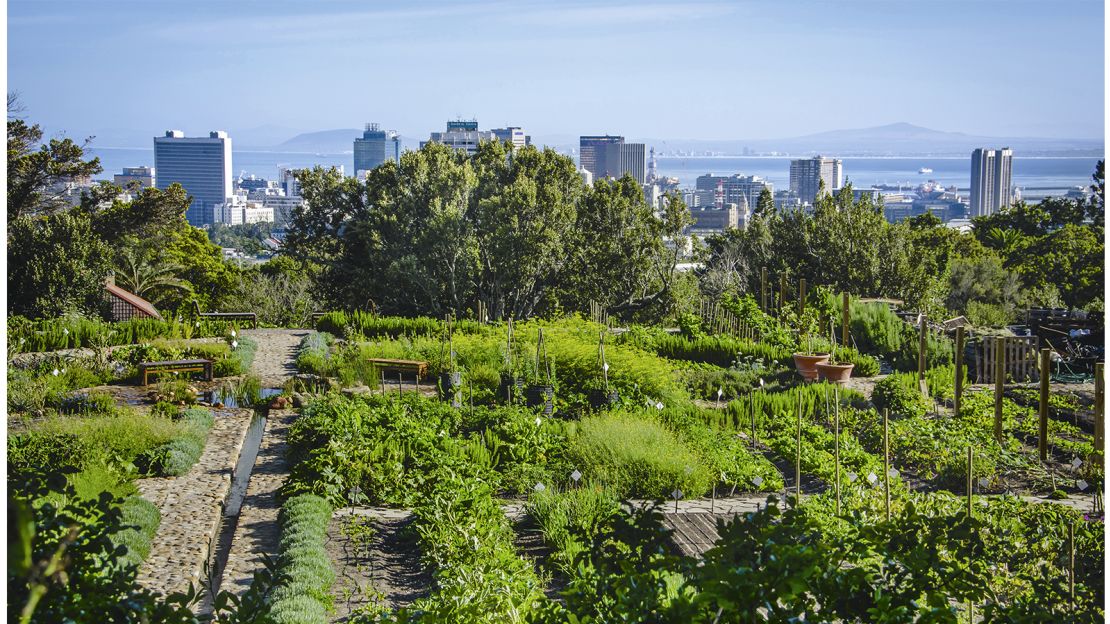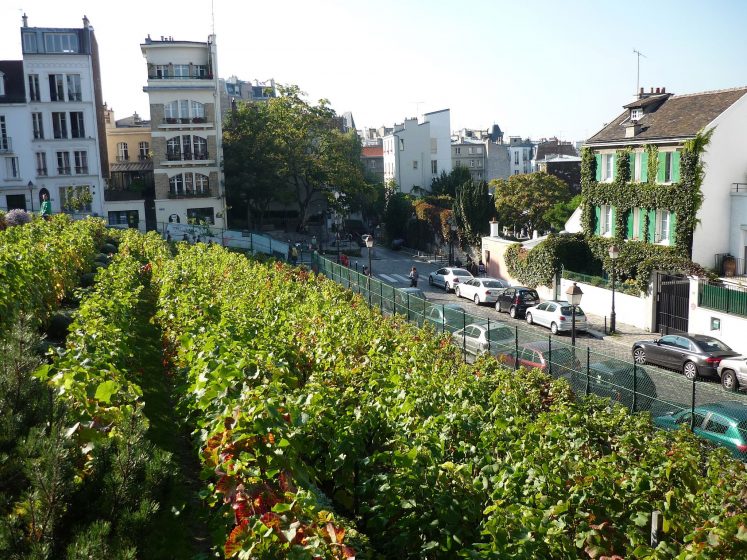Little Known Facts About City Blooming.
Little Known Facts About City Blooming.
Blog Article
The Main Principles Of City Blooming
Table of ContentsCity Blooming Fundamentals ExplainedCity Blooming Things To Know Before You Get This8 Simple Techniques For City BloomingThe Best Strategy To Use For City BloomingGet This Report about City Blooming
Interested in growing food up for sale in the City of Chicago? Thinking of beginning an area garden? Changes to the Chicago Zoning Statute permit farming uses like community yards and urban ranches in lots of parts of the city. Below is a checklist of often asked questions pertaining to the policies and regulations that farmers ought to consider when intending an urban agriculture task.
The zoning amendment does not change any type of various other codes managing composting, structure licenses, purchasing or leasing City had building, organization licenses or environmental contamination. There are existing codes that control these concerns and they remain completely effect and might be applicable to your job. Neighborhood yards are usually possessed or managed by public entities, civic companies or community-based companies and maintained by volunteers.
Urban ranches expand food that is planned to be marketed, either on a nonprofit or for-profit basis. Due to their industrial purpose, metropolitan farms require a company license.
Not known Factual Statements About City Blooming
Composting is enabled but only for plant product that is generated and utilized on website. The amount of garden compost material can not exceed 25 cubic yards at any given time according to the standards in 7-28-715 of the City's Municipal Code. Yes. Due to the fact that the dirt at the majority of brand-new yard websites requires modifying, garden compost, soil, timber chips, or other products can be gotten to build or boost the growing room - eco-friendly practices.

If a structure authorization is required after that the hoophouse will certainly be considered an accessory building. You can figure out even more about the building authorization demands by getting in touch with the Division of Buildings. The 25,000-square-foot dimension limitation is planned to stop a single community garden from controling an offered block or taking away from the block's existing property or commercial personality.
The limitation does not use to yards located in Public Open Area (POS) districts. Can there be even more than one area garden that is 25,000 square feet on a single block? Fence is not called for, however, gardens that have big vehicle parking locations might be required to set up fencing or other landscape design attributes.
The Ultimate Guide To City Blooming
B1 & B2 districts require that all commercial use activities be carried out indoors. R districts limit industrial activity. The policies show the function and intent of the Zoning Code. Is fencing needed for urban ranches? Yes. Fences may be called for, in addition to landscape design and screening, for sure car parking areas and outside job or storage locations depending on place and the details task taking place.
Urban farms need structure authorizations and zoning authorizations prior to construction (sustainability). Various other types of city evaluation may be required depending on details frameworks, tasks, size, landscaping, licensing, public heath and stormwater administration problems.
Yes. The type of license is determined by what is taking place at the website. The Division of Business Affairs and Customer Protection can help establish the specific type of company permit that's called for. Yes. Off road car parking is needed for most commercial projects in Chicago. The required variety of garage is based upon the number of employees dealing with site and not the square video of the growing room.
City Blooming Fundamentals Explained

A metropolitan ranch can market compost product created on website, nevertheless, the operation needs to comply with the policies in 7-28-715 of the Chicago Municipal Code. Aquaponic systems are permitted indoors on urban ranches in several zoning areas.
As much as five hives or swarms of honey may be kept as an accessory usage. Nonetheless, beekeepers need to sign up with the Illinois Department of Agriculture. For additional information concerning the recommended zoning change you may contact the Division of Real Estate and Economic Advancement, Bureau of Planning and Zoning at 312.744.8563.
, which takes location in country locations at the edge of suburbs.
The Single Strategy To Use For City Blooming
It can involve a movement of organic growers, "foodies" and "locavores", that look for to create social media networks founded on a common principles of nature and neighborhood holism. These networks can establish using formal institutional assistance, coming to be integrated into local community planning as a "change community" activity for sustainable metropolitan development.
Some of the here initial evidence of urban agriculture comes from Mesopotamia.
Report this page